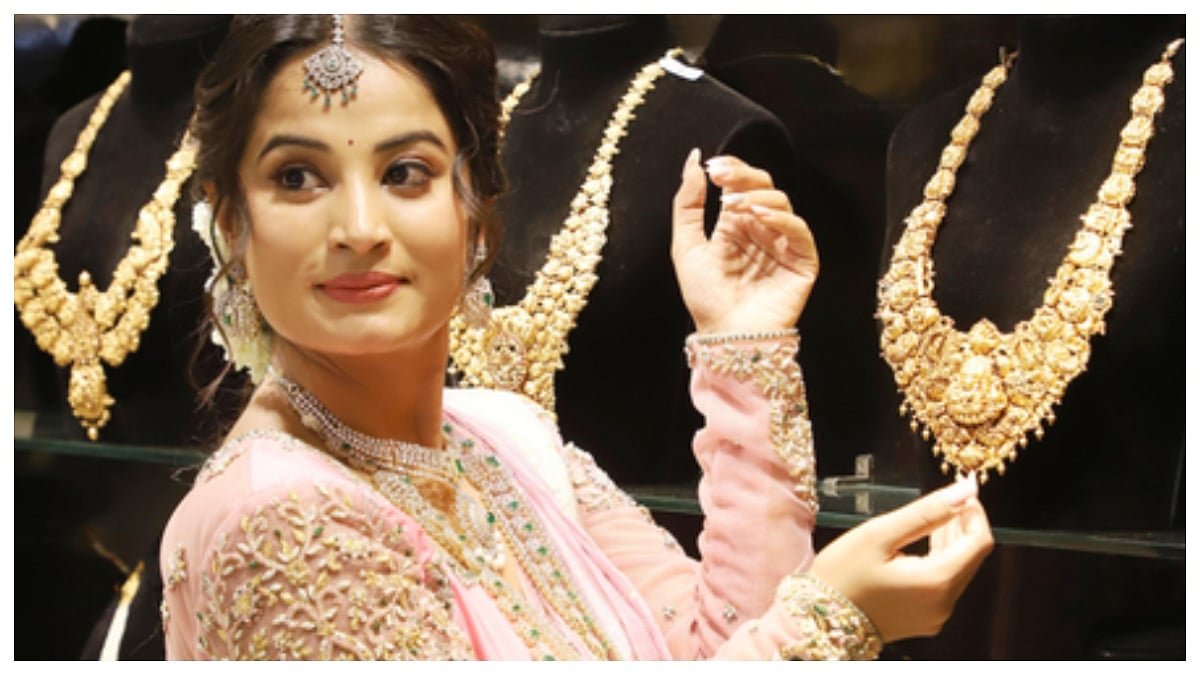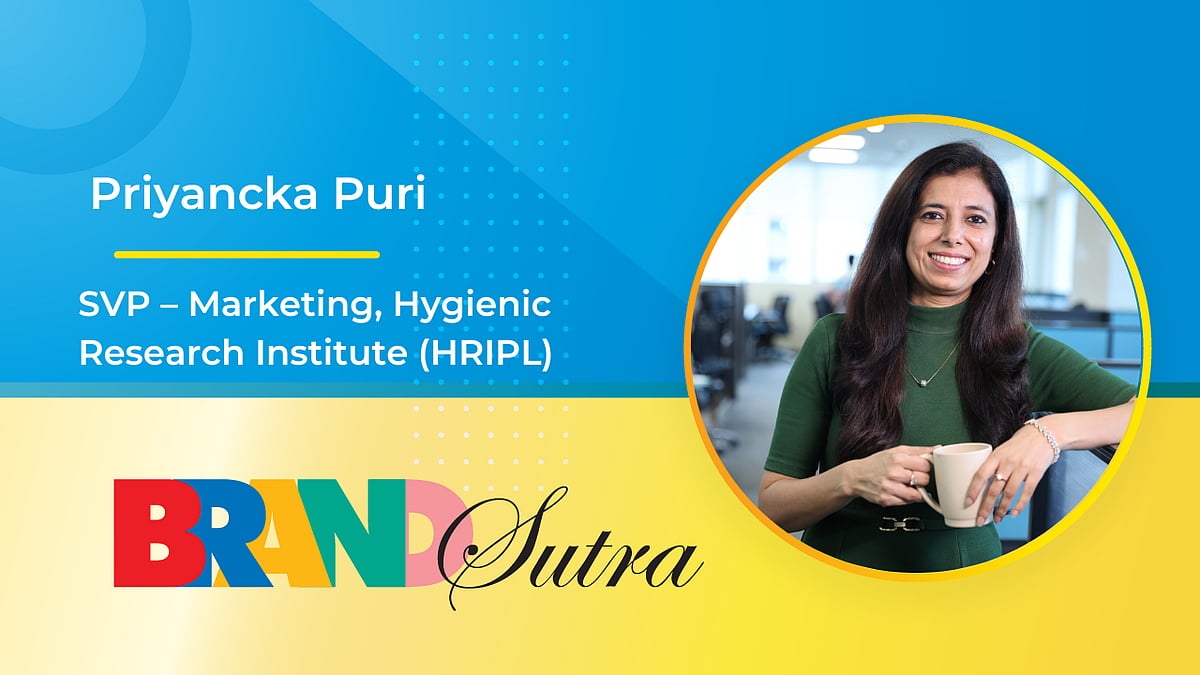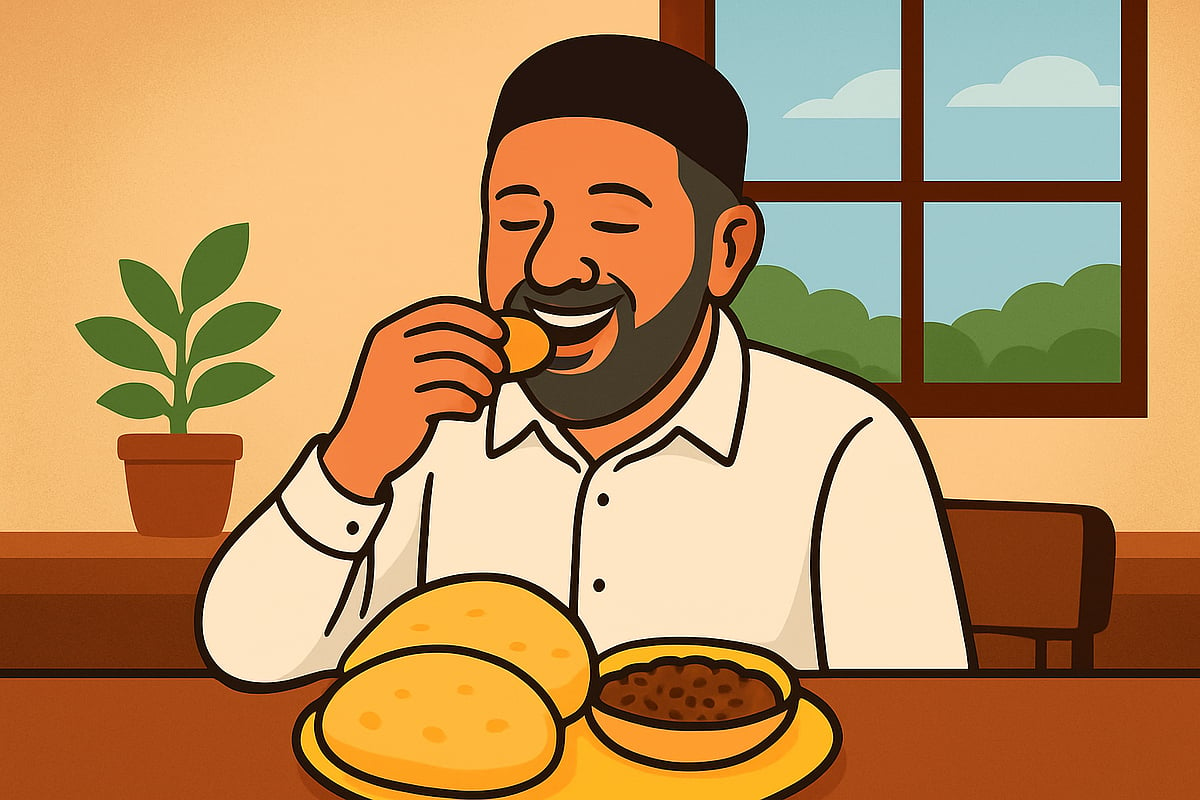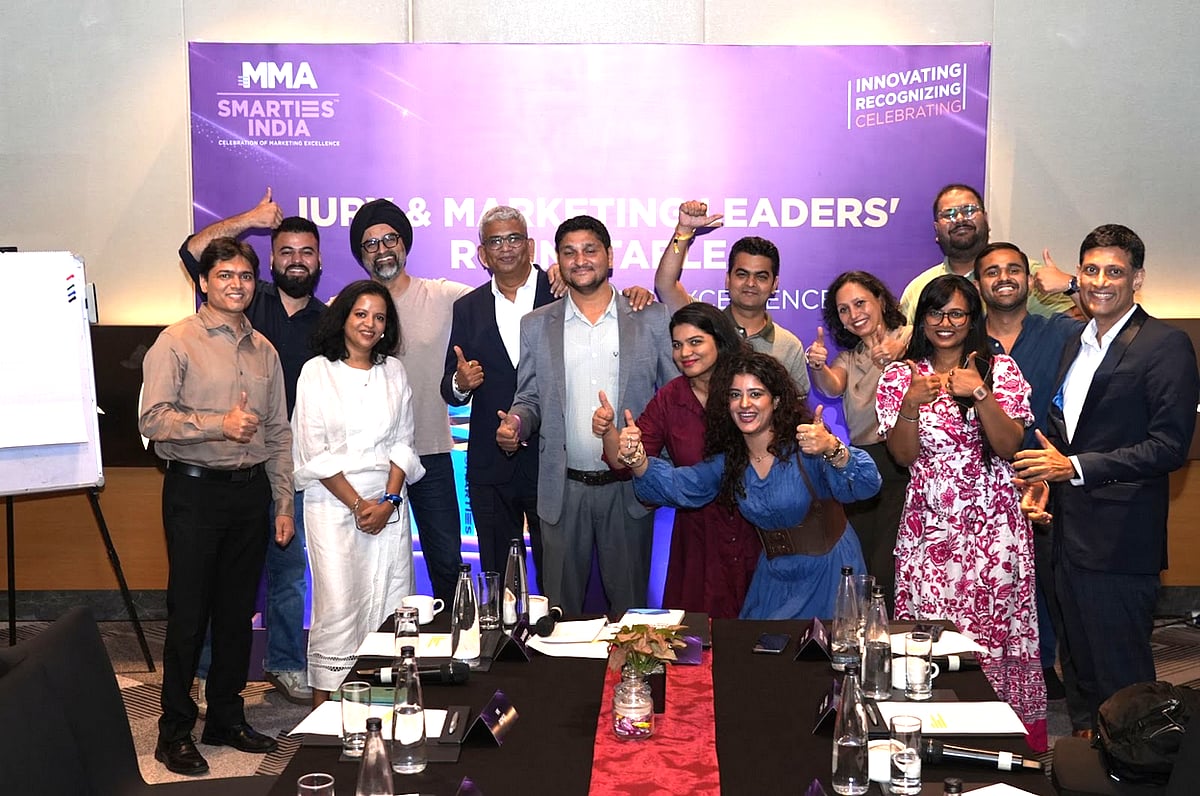How has marketing changed? Posing the question, Shuvadip Banerjee, Chief Digital Marketing Officer, ITC, and General Secretary, Market Research Society of India (MRSI), kicked off a panel discussion at the launch of ISEC, the new socio economic classification system (SEC) that replaces the New Consumer Classification System (NCCS).
The event hosted last week in Gurugram featured Amit Adarkar, CEO, Ipsos India; Jasmine Sachdeva, Managing Partner, Wavemaker India; Muralidhar Salvateeswaran, Chief Operations Officer, Insights - Apac, Kantar; Rajiv Dubey, Head of Media, Dabur India; Vivek Malhotra, Group CMO, India Today; and Vinay Virwani, Head - Consumer Insights, Dabur India.
The launch of ISEC marks a shift from the NCCS which had been followed for over a decade. NCCS relied on the education of the main wage earner and ownership of pre-listed consumer durables and vehicles to classify a household and bucketed them into six brackets.
ISEC categorises households into 12 income brackets and considers the occupation of the chief wage earner as well as the education of the most educated male and female adults in the household. It is also expected to offer equal visibility into rural markets.
This revamped system has been welcomed by industry stakeholders including The Indian Society of Advertisers(ISA), research teams at large corporate houses, besides research and media agencies.
The panel was tasked with addressing the importance of a stable and representative SEC system; challenges related with NCCS; transition to ISEC from NCCS and its impact;
and industry alignment with ISEC.
Complexity in Marketing
Jasmine Sachdeva, Managing Partner, Wavemaker India, said, “Marketing has definitely become more complex. Getting the same guy, getting the same growths, getting the same parameters that we were to target or meet, is not the same. We are dealing with somebody who has so many choices. We have to reach out to them very differently. Their media consumption and advertising receptiveness – everything has changed dramatically.”
“The one thing that we don’t pay attention to is the changes in the country’s demographics. We always had this notion about India and the kind of people, with 70 pc living in villages, with a certain level of affluence. But in the last five years and perhaps in the next five years, there is this huge demographic change which this country is undergoing. To that extent when we go to consumers or customers, who do we speak to? And how do we take into account the changing role plays in the household? In market research, unless you speak to the right person or ask the right questions, any amount of analysis you do is not worth anything. Demographics is a big change and to me that’s a huge challenge – how do we capture that?” posed Amit Adarkar, CEO, Ipsos India.
Concurring with Adarkar on the change in demographics, Rajiv Dubey, Head – Media, Dabur India said, “In the last 30 years the demographics have changed, the entire construct of media has changed. But business challenges have remained the same, which is growth.”
He pointed to increased penetration in categories like oral care and hair care from 60 to 65 pc in the 1990s to 99 pc now, signalling saturation and attendant challenges.
“That’s one side of the business. The second side is the challenges and complexity in media. There are so many ways of targeting the same consumer,” he added.
“By the day, a single view of the customer has become more and more elusive. Having a one-view of the customer omni-channel is still a far-fetched dream. I don’t even have a one-view of the customer even on digital,” noted Vikram Malhotra, CMO, India Today Group. This comes in the way of segmentation to be able to serve them better, he added.
Muralidhar Salvateeswaran, Chief Operations Officer, Insights - Apac, Kantar, said, “We spoke about the complexity of marketing. There is the complexity of the consumer itself – complexity in terms of how they make decisions today. It’s no longer linear. And the way they make choices for one category over the other could be completely different. So you can’t bucket them as a premium or a mass customer. They could be premium in one category and mass in another. The complexity is in how they make those choices and what influences those choices beyond conventional marketing activities.”
Referring to mass customisation with the advent of e-commerce and D2C players, Vinay Virwani, Head - Consumer Insights, Dabur India, said, “While there is complexity, it has also enabled ecosystems having sharply targeted products. They are also able to sharp-target people. Then we have Gen Z and Gen Alpha, who are the future consumers. Suddenly values like sustainability and recycling have become more important. How do we as a company do all of it, while remaining profitable and ensuring bottomline growth? That’s the key challenge.”
Consumer Segmentation for Profitability
Apart from the classical consumer segmentation based on affluence and propensity to buy, behavioural segmentation has worked well for Dabur, revealed Virwani.
“For example, if we know they are more inclined towards health activities, we know that they are likely consumers for our health supplements brands. We have found that such behaviour targeting works very well. Also, states with high disease index have a very different way of consumption of pharma and healthcare products. Those segmentations have also really worked for us. The other thing is when it comes to behaviour, it is also about life stage,” he added. Virwani cited how the product portfolio of a consumer changes when they have a baby, for instance.
“You need to find that chunk of new consumers you can profitably grow with,” observed Salvateeswaran, when asked about tapping consumer segments for profitable growth.
While behaviour is a key component, needs are also critical, he noted, and said: “The consumer is complex and needs are evolving. You could use needs as one of those spaces and layer that with behaviour, lifestyle and other variables.”
Third Party Cookie Deprecation
“Most companies are working in the same direction – getting your own stack of first party data, trying to create your own cohorts and trying to collect as much data as possible. For mass brands like ours, the target is the 142 cr population. Especially in categories with high penetration, top-of-the-funnel marketing will continue. However, you do need sharp behaviour-based targeting. Looking at behaviours, we have launched a lot of digital-first and D2C products. We’ve seen a lot of success in that,” said Dabur’s Dubey, on the subject of third party cookie deprecation in 2024.
There are solutions coming up where consumers are willingly signing up for brands and third parties to follow their journeys in return for incentives, observed Virwani, while qualifying that it is early days on that front.
One of the dangers of first party data is that one is creating a walled garden with no visibility beyond, contended Ipsos’ Adarkar. “There are risks that you run taking decisions for the long term based on a very narrow perspective,” he added.
“There’s a need to look at people as people, and not as someone consuming something today or tomorrow. And there, the challenges of segmentation are different,” he explained.
Virwani added that while first party data gives width, one can’t enrich it at scale. Hence the use of tools like consumer panels that can help add depth with factors like behaviour through in-depth interviews, he noted.
The Roadblock
“As marketers, advertisers and insights people we seem to have hit upon a roadblock in the last couple of years, in our ability to utilise the social and economic capital of the household to determine how to market, who to market to and what to market to them,” stated ITC’s Banerjee, leading the panel towards MRSI’s new ISEC system, while inviting views from panellists on challenges with the past NCCS, if any.
Noting that CTV’s are the future but that they are currently overhyped, Dubey said, “India is still a TV-first country. If it is, then the (IES) presentation leads us to rethink what we have been doing. As per the NCCS, approximately 83 pc of the people have already moved to SECs A & B in urban India; urban and rural combined, the number is 78 pc. I believe the stacking of population and segmentation is not the way NCCS is telling us it is right now. That’s one challenge, (especially) if you are targeting the mass market.”
While we see the propensity of consumers to buy, we miss out on one big factor, contended Sachdeva – disposable income x propensity to buy: “An iPhone may be targeting me all the time and I may have the ability to buy the latest iPhone. But is there an inclination to spend that money to buy that phone?”
“If over time the (segmentation) system does not discriminate (distinguish a set of cohorts from another) enough or in a meaningful way, the signal for me is that there is a problem. The other aspect is stability. The systems that have been put in place in some markets like the UK have been remarkably resilient over the last 20 to 25 years because those economies are also mature. In terms of growth rates, inflation, quality of living. Whereas India is a market in a state of flux. Which means if you have a system which is not actionable, or not discriminating or relevant after a few years, then we have a problem,” noted Adarkar.

Virwani added, “The current classification is very heavily loaded towards propensity to buy and affluence. The ‘socio’ in the ‘socio economic classification’ is still not there. There are aspects like education, yes, but it’s also about life stage. You could be an SEC D or E consumer and using phenyl, but the moment you have a child at home you might shift to a higher priced floor cleaner. When we go into the markets we don’t just use the NCCS classification but also have these surrogates.”
While the segmentation takes into consideration education, the speaker reminded the forum that education was in itself changing – one need not be a graduate today to pick up skills and do well in several professions, he underlined.
“The danger of relying on the economic part and not the social part will lead to these kind of anomalies. The social capital part will be a more lasting parameter. If you look at a basket of 10 products, if you look at just the economic part then three or four of them suddenly might get bought because I have money. Maybe if you capture the social part, you will have the impact on all 10 categories over time. Capturing elements of the social capital is more progressive and forward-looking. I feel it will be more stable also going forward,” emphasised Adarkar.
Why ISEC (BOX ITEM)
Belief that while NCCS captured ownership of durables, if one had the social and economic capital, ownership becomes the outcome of that capital.
GoI data is corroborated by Kantar Worldpanel data on significant increase in ownership of durables.
The new segmentation process has to reflect reality and be far more stable.
Rapid rise of erstwhile lower socio-economic groups into A & B under NCCS.
Vanishing erstwhile lower socio-economic groups especially from urban centres.
Erroneous overlapping consumption patterns between social-economic classes making marketing decision-making difficult.
Need to create a single definition across urban and rural markets.
Combination of occupation of chief wage earner and education of most educated male and female factored in.
Belief that social capital changes significantly with the education of the woman of the household.
Involved experts and professionals from research and insights using National Council of Applied Economic Research (NCAER); Worldpanel Division, Kantar; Indian Readership Survey (IRS); referencing data from VTION, ICUBETM.














